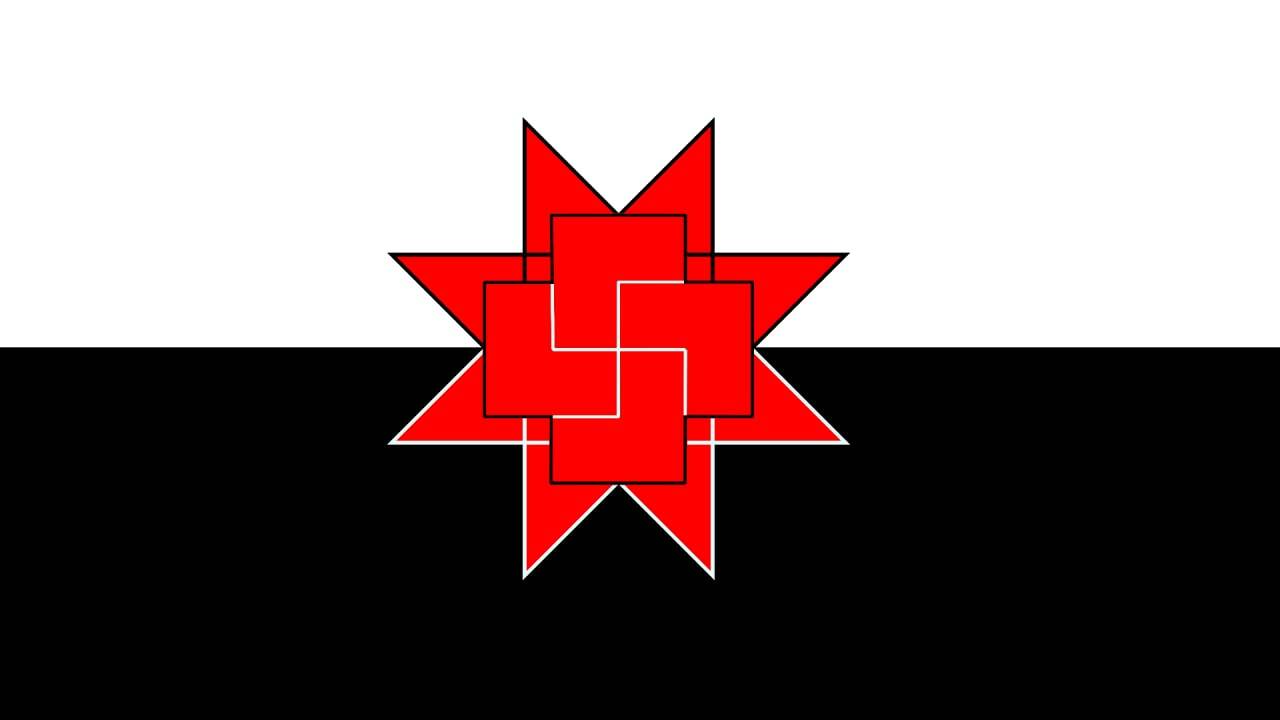The joining of Väkikunta with Via Electri’s network will mean the publication of the organisation’s news, articles and statements on common media channels. In addition, the members of the Council of Via Electri and practisers of Väkikunta are reciprocally each others’ organisations’ honorary members, being able to participate in each other’s rituals in the respective territories, according to their own customs. Väkikunta also represents the Finnish traditional religion in the network of Via Electri.
May Concordia be with us!
Väkikunta
Väkikunta is an organisation of practisers of the Finnish traditional religion, uniting people from different parts of Finland. The religion practised in Väkikunta is according to the traditional Finnish values in their pre-Christian form.
The name of Väkikunta represents the basis of the organisation’s world view. Väki is an essential concept in the traditional world view and it means the impersonal force that is present everywhere. There is the väki of the forest, of the water, of death, of fire, etc. The word väkevä also contains this meaning, that is, ‘possessing väki’ and thus ‘strong’. Kunta has meant ‘a group of people’. For comparison, the Hungarian cognate had means ‘army’. Many compound words have been formed with this word in Finnish, such as talokunta ‘group of houses’, ruokakunta ‘a group that eats together’, seurakunta ‘congregation’, veljeskunta ‘brotherhood, fellowship’, kansakunta ‘nation’, etc. Väkikunta would thus translate more or less as ‘a strong group’.
The symbol of Väkikunta combines two powerful Finnish and Uralic symbols, the octagram and the Heart of Tursas. The octagram in Finnish symbolism is the sign of the Sun and represents the other basis of the ritual cycle of Väkikunta, that is, the Year of the Sun. The Heart of Tursas represents the higher forces and natural order, the laws of nature and the direction of Väkikunta toward these higher powers. Also the colouring of the symbol uses traditional Uralic colours: in the Finnish traditional religion, the colour of the upper world is white, the colour of the lower world being black. Between these worlds is the realm of men, the middle world, that is represented by the colour of blood, that is, life: red. The balance of the upper and lower world is represented by the opposite colouring of the outlines of the octagram. The borders of the Heart of Tursas are black to represent the boundaries of the mundane world as well as limitation, and the centre is white, because the higher forces determine the natural order of the mundane world.
Väkikunta was founded during the winter of 2022. The first ritual was organised on the full moon of February in a grove in South Tavastia. The ritual started the sacral activity of the organisation by initiating the participants into the customs of the Finnish religion. Gods and spirits of the upper, middle, and lower world were honoured at the ritual. After the ritual itself, the participants paid their respects at the spring of the grove as well as the cemetery nearby. The event had a good atmosphere and it started the participants’ way on the road of the Finnish higher powers.
Since February, members of Väkikunta have followed the cycle of the heavenly moon. The new moon is greeted according to tradition and during the full moon, members gather each month to discuss the Finnish religion and its different topics. Väkikunta as a young community has focused on essential phases of a new organisation, such as gathering relevant literature. Väkikunta is also creating a calendar of rituals, so that the Gods can be honoured according to a yearly cycle that is based on Finnish nature.
Members of Väkikunta practise not only a traditional religion, but also traditional activities, such as agriculture and spending time outdoors in nature. After initiating their activity, members have combined these two spheres of life with each other and practise rituals related to the traditional cycle of the year and livelihoods at home, thus continuing traditions.
The last larger ritual that Väkikunta organised was the Day of the Bear of the Midsummer. The ritual was conducted in a grove in Central Tavastia. The ritual was performed in a similar way to the one in February, but this time the ritual was directed at the King of the Forest, the Bear and his family. The ritual took place on a rainy day, but the Gods blessed the ritual by withholding the rain for the duration of the ritual itself. After the ritual, the participants continued a more relaxed discussion in good spirit.
The activity of Väkikunta has turned out to be energetic and active from the beginning. Members of the community are dedicated and interested in the activity. Both the rituals and the meetings have a good and warm-hearted atmosphere, which in general is evident in the determined progress and development of the activity. The activity of Väkikunta at the moment is focused on the creation of a festival calendar according to its religion. This means not only organising rituals on certain holy days, but also compiling the information, traditions and beliefs related to these days into one work, from which to develop the activity further. Väkikunta’s way toward the higher gods continues under favourable stars.

